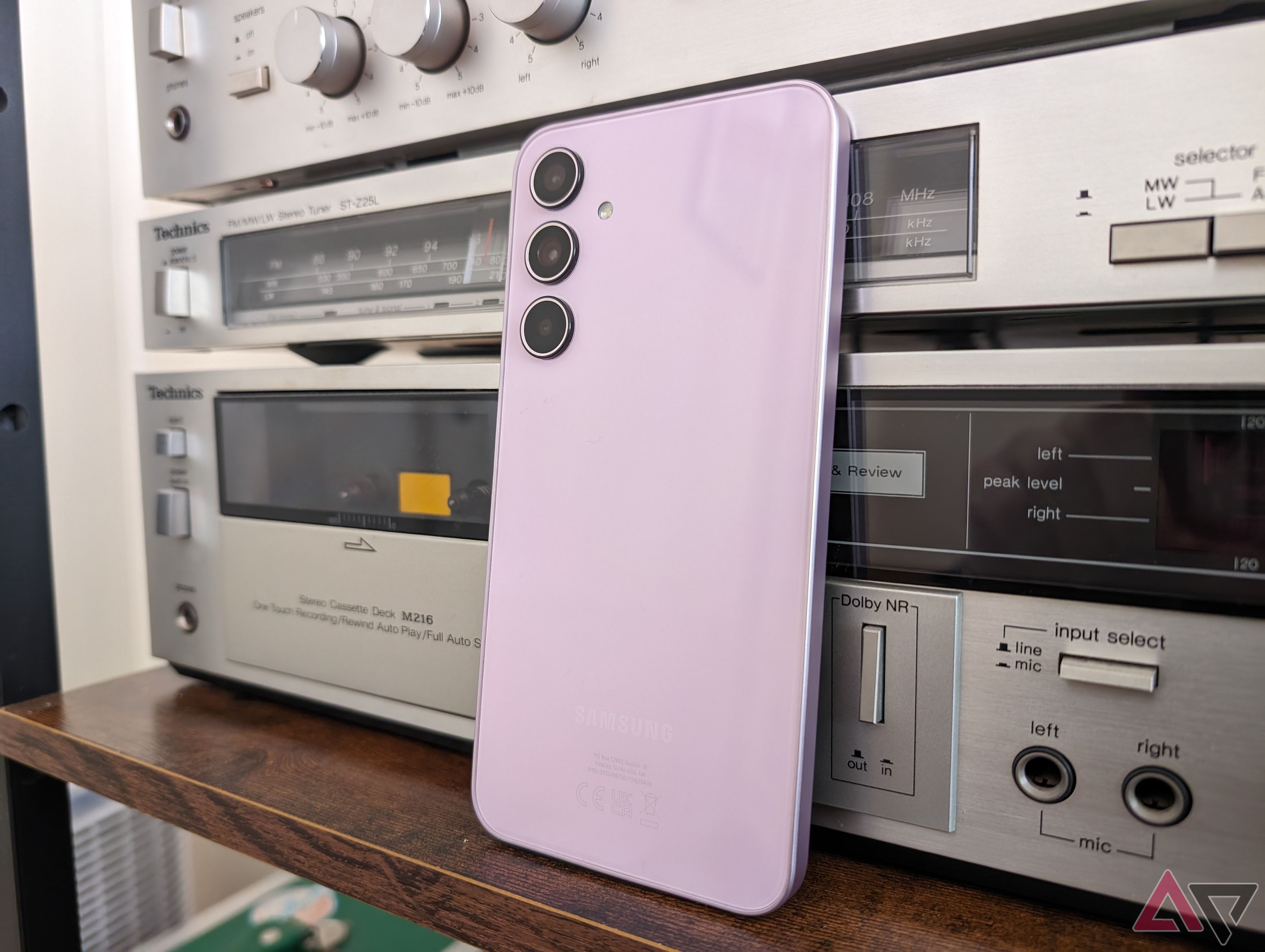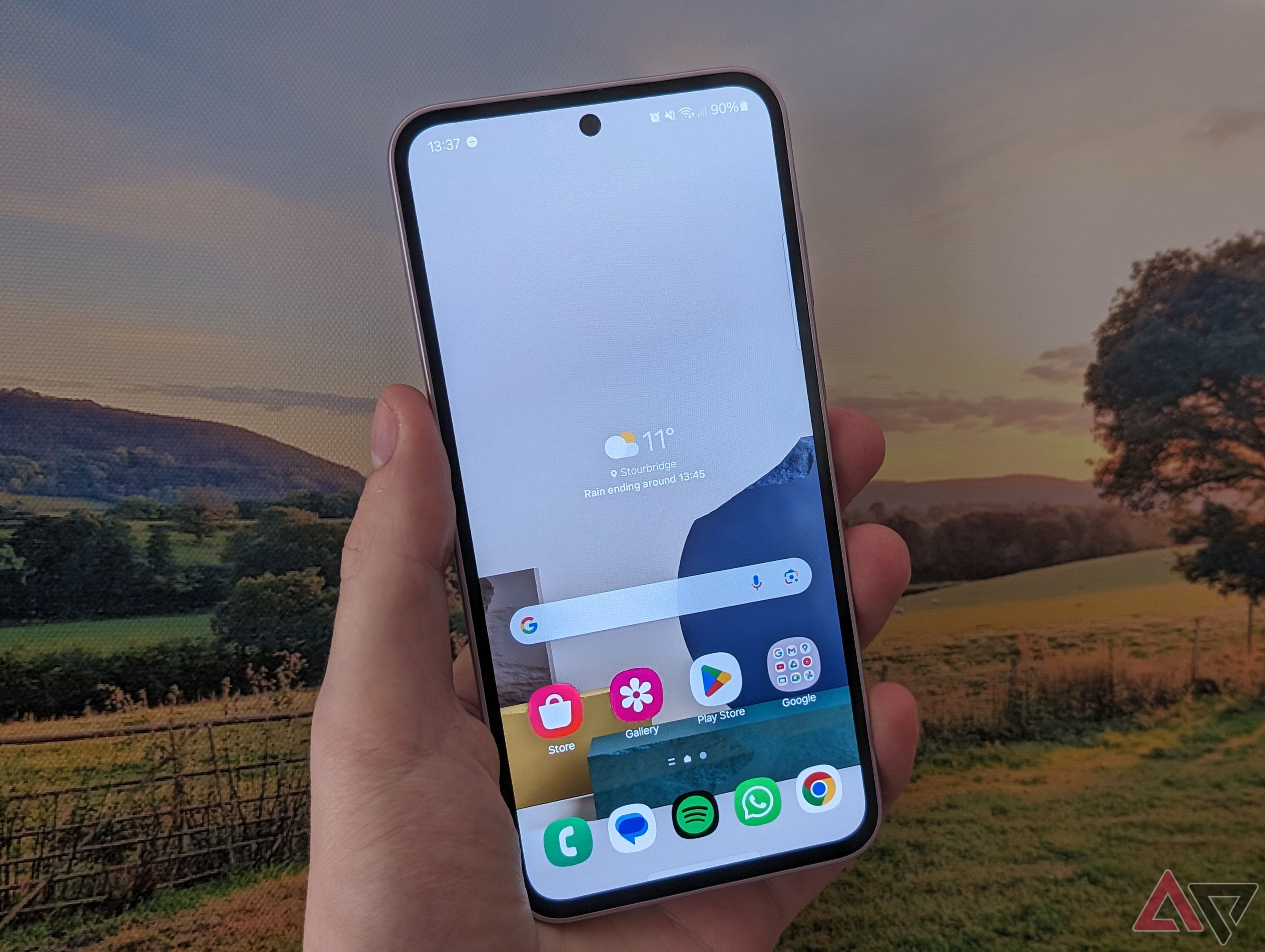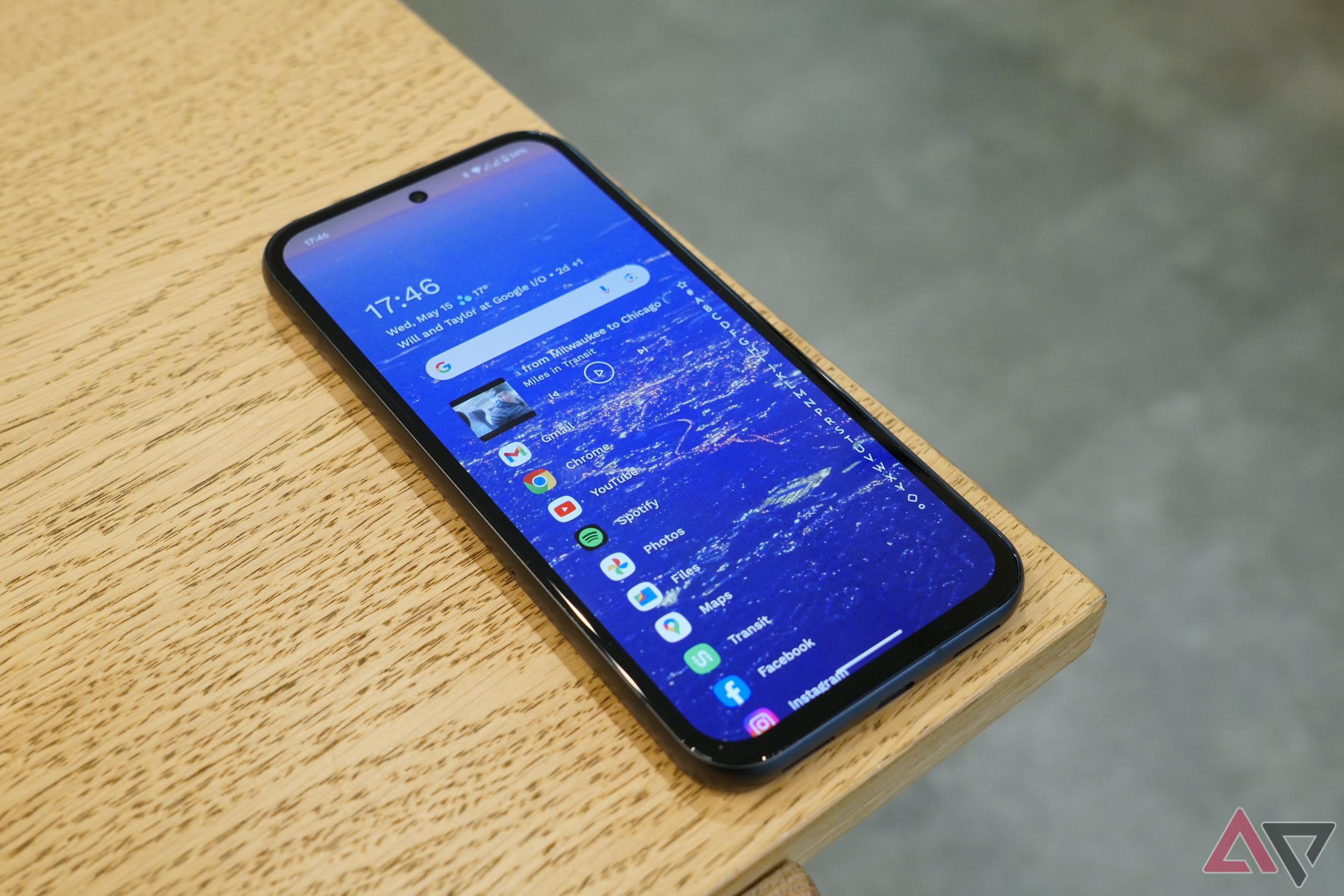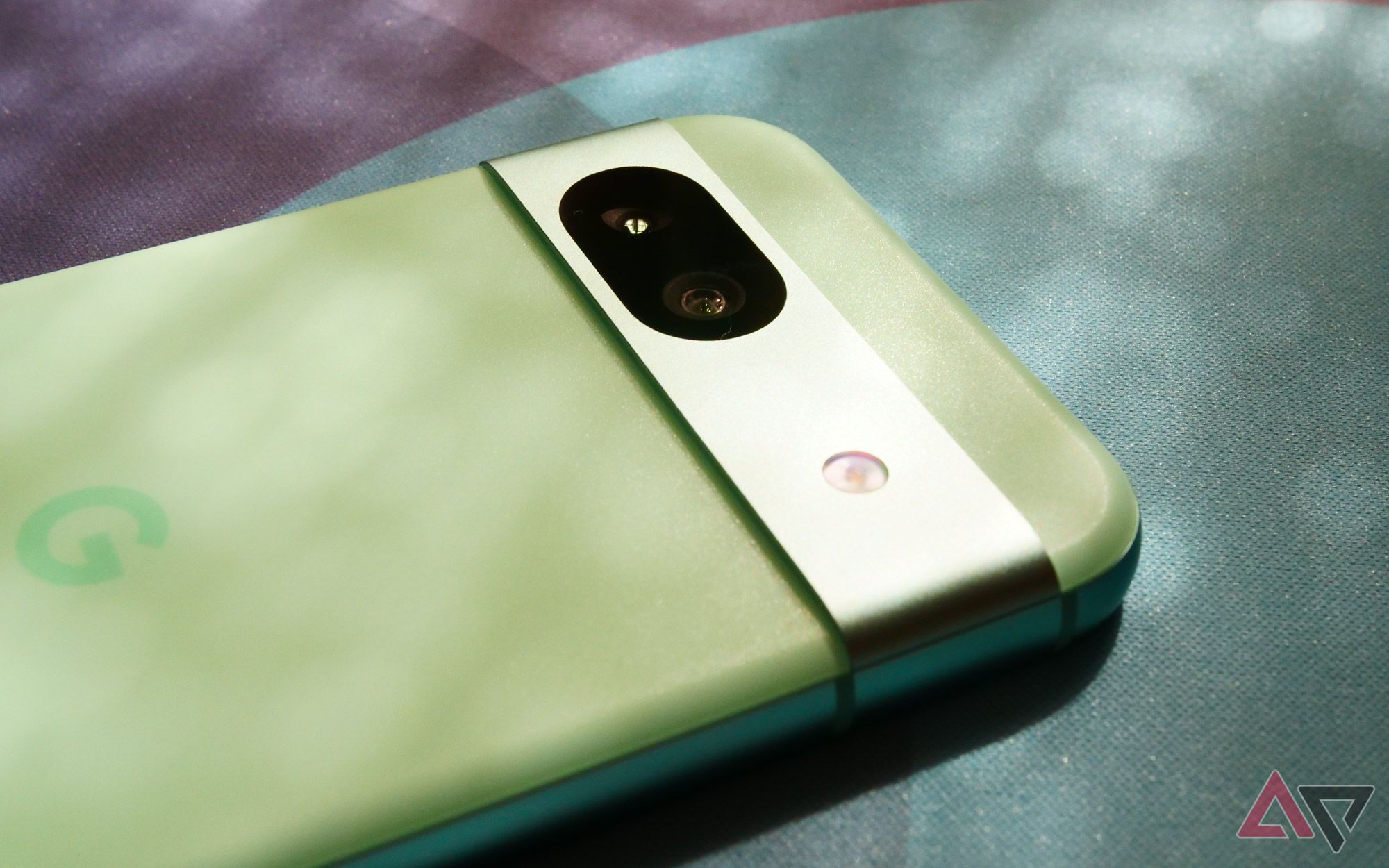-
Google Pixel 8a
Budget Pixel perfection
The Pixel 8a offers a compelling blend of flagship features and affordability. It boasts a powerful Tensor G3 processor and a vibrant OLED display. Its camera system continues to excel, thanks to Google’s renowned image processing. The Pixel 8a also stands out with its impressive 7-year software support commitment and access to Google’s latest AI advancements.
Pros- Longer software support
- Better performance
- Reliable cameras
Cons- Smaller display
- Average battery life
-
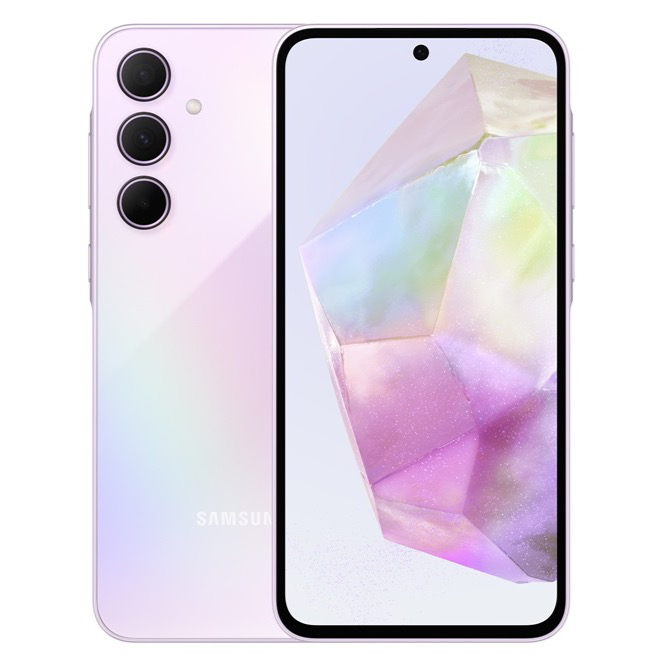
Samsung Galaxy A35
Midrange Galaxy goodies
The Galaxy A35 is Samsung’s 2024 contender in the midrange smartphone arena, offering a blend of affordability and familiar Galaxy features. Its standout feature is the large Super AMOLED display and a sizable 5000mAh battery. While its Exynos 1380 processor isn’t the fastest, it easily handles everyday tasks and is paired with Samsung’s feature-rich One UI 6 software.
Cons- Weak performance
- Inconsistent cameras
Google and Samsung have stepped up their budget-friendly smartphone game in a big way. The Pixel 8a, Google’s latest offering, is their most impressive A-series phone yet, blurring the lines between midrange and flagship. On the other hand, Samsung’s Galaxy A35 seeks to deliver a taste of the premium Galaxy experience without breaking the bank.
Each phone brings their strengths to the table. Google has pulled out all the stops with the Pixel 8a, pushing the boundaries of what we can expect from a midrange phone. And Samsung’s Galaxy A35 focuses on providing a reliable and affordable experience for those seeking the signature Samsung experience.
While both phones made some compromises to reach their attractive price points, one of these models could still be a good choice. Let’s delve deeper into what each midrange contender offers to help you decide.
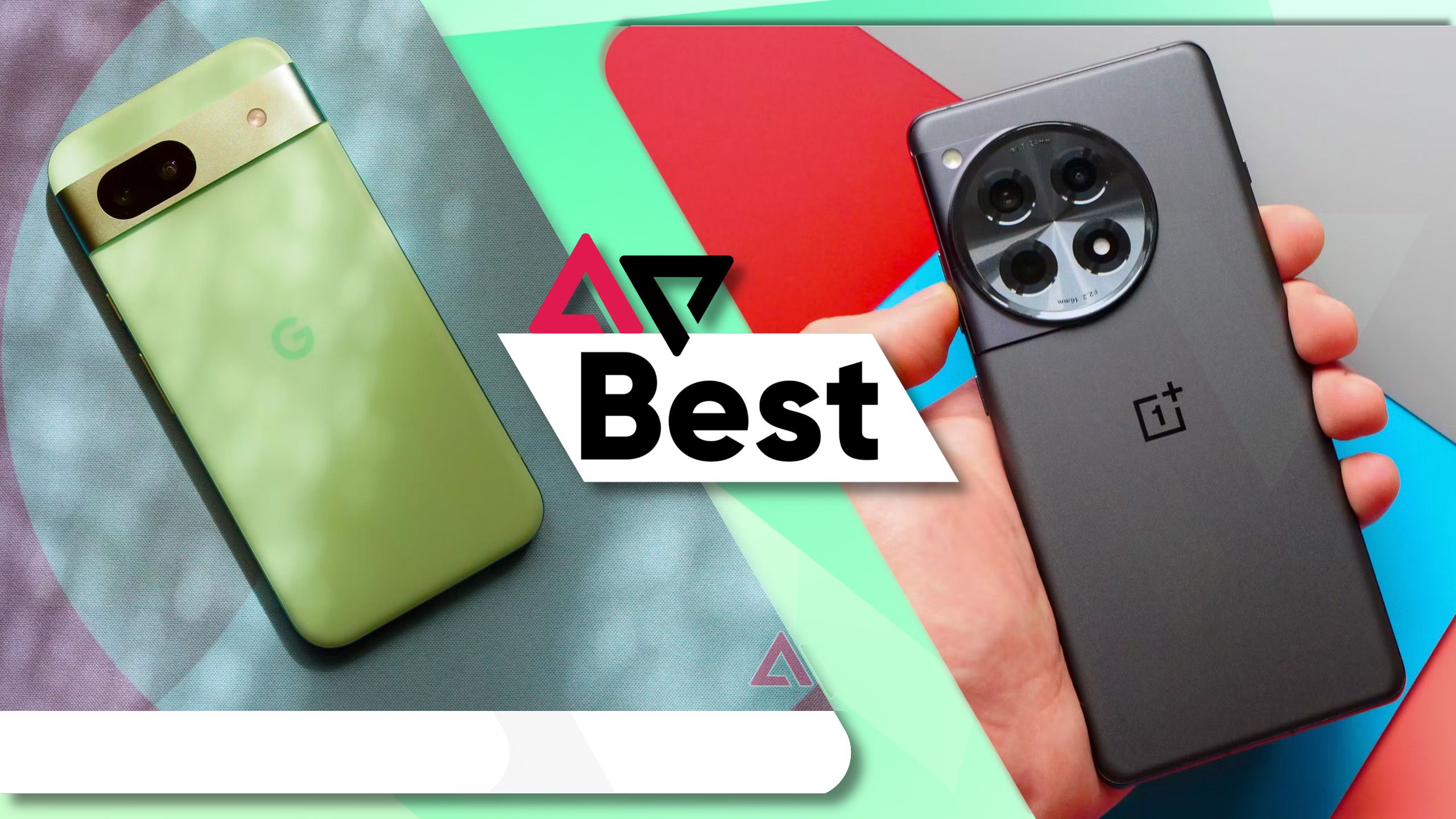
Best Android midrange phones in 2024
This list will make you reconsider spending over $1,200 on flagship smartphones
Price, availability, and specs
The Samsung Galaxy A35 launched in March 2024 and is currently available for $400 through major retailers like Amazon, Best Buy, and Samsung’s e-store. It comes with 128GB of storage and 6GB of RAM, so there’s just one configuration to choose from. And there are two colors: navy and lilac. As for network compatibility, it supports mid-band 5G but lacks mmWave and some low-band frequencies. Don’t worry, though, because 4G coverage is still pretty solid.
The Pixel 8a officially hit stores on May 14th and is available from the usual suspects: Amazon, Best Buy, and the Google Store. It’s also offered by all major US carriers, including Google Fi. There are four colors available — Obsidian, Porcelain, Bay, and the unique Aloe shade. It also comes in two storage configurations: 128GB for $500 or 256GB for $560. The 256GB option, however, is only available Obsidian. On the network side, it boasts broader 5G support, including mmWave.
-
Google Pixel 8a Samsung Galaxy A35 SoC Google Tensor G3 Samsung Exynos 1380 Display type OLED, 120Hz Super AMOLED, 120Hz Display dimensions 6.1″ 6.6-inch Display resolution 1080 x 2400 1080 x 2340 pixels RAM 8GB 6GB Storage 128GB, 256GB 128GB Battery 4,492mAh 5,000mAh Charge speed 18W wired, 7.5W wireless 25W wired Ports USB-C USB Type-C Operating System Android 14 Android 14, One UI 6.1 Front camera 13MP, f/2.2 13MP f/2.2 Rear camera 64MP, f/1.89, OIS main; 13MP, f/2.2 ultrawide 50MP f/1.8 (primary), 8MP f/2.2 (ultrawide), 5MP f/2.4 (macro) Wi-Fi connectivity Wi-Fi 6E Wi-Fi 6 Bluetooth Bluetooth 5.3 Bluetooth 5.3 Dimensions 152.1 x 72.7 x 8.9mm 161.7 x 78.0 x 8.2mm Weight 188g 209g IP Rating IP67 IP67 Colors Obsidian, Porcelain, Bay, Aloe Awesome Navy, Awesome Lilac
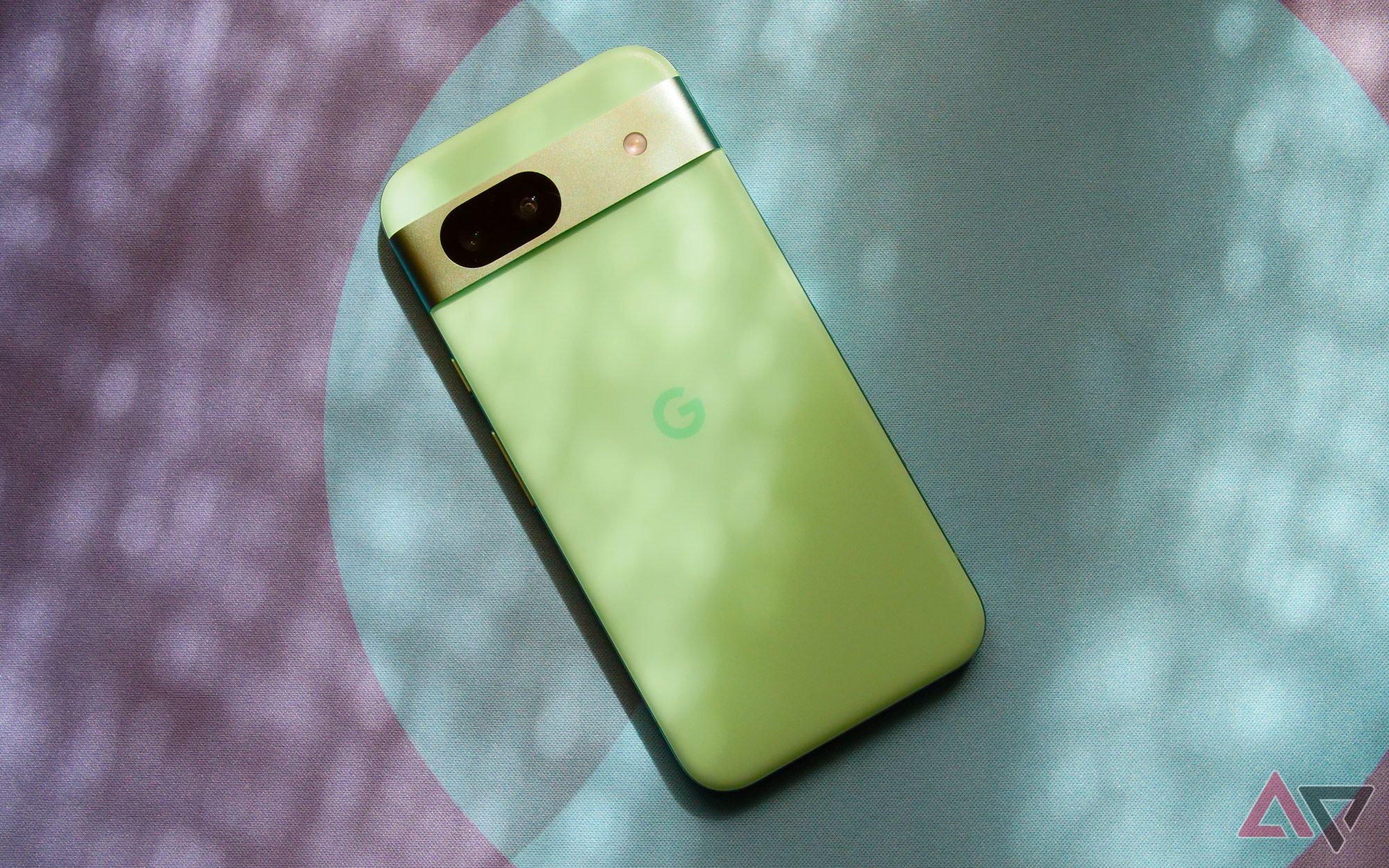
Google Pixel 8a review: A great phone that I’m not sure you should buy
Google’s hardware lineup is in a tricky spot, and the Pixel 8a only makes things more confusing

Samsung Galaxy A35 review: How to compromise effectively
If you don’t expect much, it’s great
Design and build
What matters to you
The Pixel 8a and Galaxy A35 strive to embody the design language of their flagship counterparts, and they succeed to a respectable degree. The Galaxy A35 embraces Samsung’s minimalist aesthetic with a sleek glass back and vertically aligned individual camera rings. Its plastic sides feature a flatter profile, aligning with Samsung’s 2024 design ethos.
In contrast, the Pixel 8a mirrors the Pixel 8 series with a more rounded design throughout. While it features a plastic back to keep costs down, the matte finish easily elevates its appearance and feel beyond that of glossy glass backs.
When it comes to size and weight, the Pixel 8a takes the lead. It’s significantly shorter, narrower, and a featherweight 20 grams lighter than the Galaxy A35, making it noticeably more comfortable to hold and use one-handed. However, the Pixel 8a makes a compromise in screen protection, opting for the older Gorilla Glass 3 compared to the more robust Gorilla Glass Victus on the A35’s front.
Functionality-wise, both phones offer IP67 water and dust resistance. Yet, the Pixel 8a pulls ahead with wireless charging, a feature absent in the Galaxy A35. It also boasts a faster USB 3.2 Type-C port, contrasting with the A35’s USB 2.0 port. To counter, the Galaxy A35 offers expandable storage via a microSD card slot, a feature the Pixel 8a lacks.
There’s no clear winner here, design largely comes down to preference. The Pixel 8a emphasizes ergonomics and modern conveniences like wireless charging, while the Galaxy A35 prioritizes a bigger, all-glass build and expandable storage.
It’s all about size
The Pixel 8a and Galaxy A35 boast impressive displays with vibrant OLED panels, ensuring deep blacks and rich colors. They also feature stereo speakers and a 120Hz refresh rate. The Pixel 8a’s Actua-branded OLED display shines exceptionally bright, claiming a peak of 2000 nits. This makes it incredibly easy to see outdoors, even in direct sunlight. Its HDR support further enhances the visual experience, providing a wider range of colors and contrast for supported content. This year, the Pixel 8a also gets the same improved face unlock as the rest of the Pixel 8 lineup, allowing you to securely log into banking apps and more.
However, the 6.1-inch screen size may feel cramped for those who prefer more screen real estate for media consumption or productivity. Additionally, Google’s decision to ship the phone with Smooth Display (120Hz) disabled by default means users must manually enable it to enjoy the full benefits of the high refresh rate.
The Galaxy A35’s 6.6-inch Super AMOLED display is a treat for those who crave a larger canvas. Its 1000 nits peak brightness, while not as impressive as the Pixel 8a, is still sufficient for most outdoor use cases. However, the phone’s processor seems to struggle to keep up with the 120Hz refresh rate, resulting in occasional lag and stutters during general use.
Software
Pixel goodness
The Pixel 8a and Galaxy A35 run on Android 14, but their software experiences differ significantly. The Pixel 8a embraces the clean and minimalist Pixel UI, offering a pure Android experience with seamless integration with Google services. It avoids unnecessary bloatware and focuses on intuitive navigation and essential features. One of its standout advantages is Google’s commitment to long-term software support, as it’s slated to receive a generous seven years of OS updates. Moreover, the Pixel 8a gets access to most of Google’s AI, such as the Gemini Nano AI assistant, and innovative features like Circle to Search.
In contrast, the Galaxy A35 runs on Samsung’s One UI 6, a feature-rich and highly customizable Android skin. One UI is renowned for its robust customization options, intuitive gestures, and extensive feature set, allowing users to tailor their smartphone experience to their preferences. Samsung’s commitment to software updates is also commendable, promising four years of OS upgrades for the Galaxy A35, although it falls short of Google’s seven-year promise.
But the Galaxy A35’s software experience is hampered by its weaker Exynos 1380 processor, leading to occasional sluggishness and unresponsiveness compared to the Pixel 8a. Additionally, it’s unlikely to receive Samsung’s latest AI features due to hardware limitations. That being said, Pixel’s software has faced criticism for occasional bugs and inconsistencies in recent years, especially with the introduction of Tensor processors.
Performance
Big difference
When it comes to performance, the Pixel 8a and Galaxy A35 take starkly different approaches. Google equips the Pixel 8a with the same Tensor G3 chip found in its flagship Pixel 8 and 8 Pro, while Samsung opts for the midrange Exynos 1380 in the Galaxy A35. In real-world use, the Pixel 8a performs admirably, matching the flagship Pixel 8 in most scenarios. However, in our review, we did encounter one instance of Tensor’s infamous overheating issue.
That said, the Tensor G3 handily outpaces the Exynos 1380. Whether you’re casually browsing, multitasking between apps, or playing graphics-intensive games, the Pixel 8a consistently delivers a smoother, more responsive experience. The Galaxy A35 handles everyday tasks adequately, but it’s not designed for power users or those who push their phones to the limit. The Pixel 8a’s 8GB of RAM, compared to the Galaxy A35’s 6GB, adds to its performance advantage.
Battery life
One packs more power
The Pixel 8a houses a 4492mAh battery, which provides enough power for a full day of moderate use. With around 5 hours of screen-on time, it should last most users through their daily routines. However, power users who rely on their phones for gaming, video recording, or other demanding tasks might need a top-up before the day ends.
The Galaxy A35 packs a larger 5000mAh battery, offering a clear endurance advantage. It easily sails through a full day of use, even with moderate to heavy usage patterns. However, the Exynos 1380 processor’s thermal management issues can sometimes throttle performance under heavy load, impacting battery life.
In terms of charging, the Pixel 8a supports 18W wired charging, which isn’t the fastest but gets the job done. Wireless charging is its standout feature, albeit at a very slow 5W speed (or 7.5W with a Pixel Stand).
The Galaxy A35, unfortunately, lacks wireless charging. However, it compensates with faster 25W wired charging, allowing you to juice up your phone quicker than the Pixel 8a.
Camera
More Pixel goodness
The Pixel line has long been synonymous with exceptional smartphone photography, and the Pixel 8a largely upholds that reputation, even if it doesn’t break new ground. Like the 7a before it, the Pixel 8a has a 64MP main sensor with OIS and a 13MP ultrawide lens. This tried-and-true combo, combined with Google’s software magic, consistently delivers good-looking shots with impressive dynamic range and low-light performance.
Meanwhile, the Galaxy A35 features a triple camera setup: a 50MP main sensor (with OIS), an 8MP ultrawide lens, and a 5MP macro lens. In well-lit conditions, it captures decent shots with Samsung’s characteristic punchy colors. However, the ultrawide lens struggles to maintain detail and sharpness, and the main sensor often falters in tricky lighting. Both phones sport 13MP selfie cameras.
Overall, the Galaxy A35’s camera isn’t a deal-breaker, but it’s simply outmatched by the Pixel 8a’s consistency and performance, especially in challenging lighting conditions.
Which is right for you?
The Pixel 8a emerges as the clear winner here, offering a more well-rounded package that justifies its $100 premium. With superior cameras, a faster processor, a brighter display, longer software support, and convenient wireless charging, it delivers a flagship-like experience at a midrange price. And with Google’s penchant for offering discounts on its devices, the Pixel 8a’s value proposition is likely to become even more enticing soon.
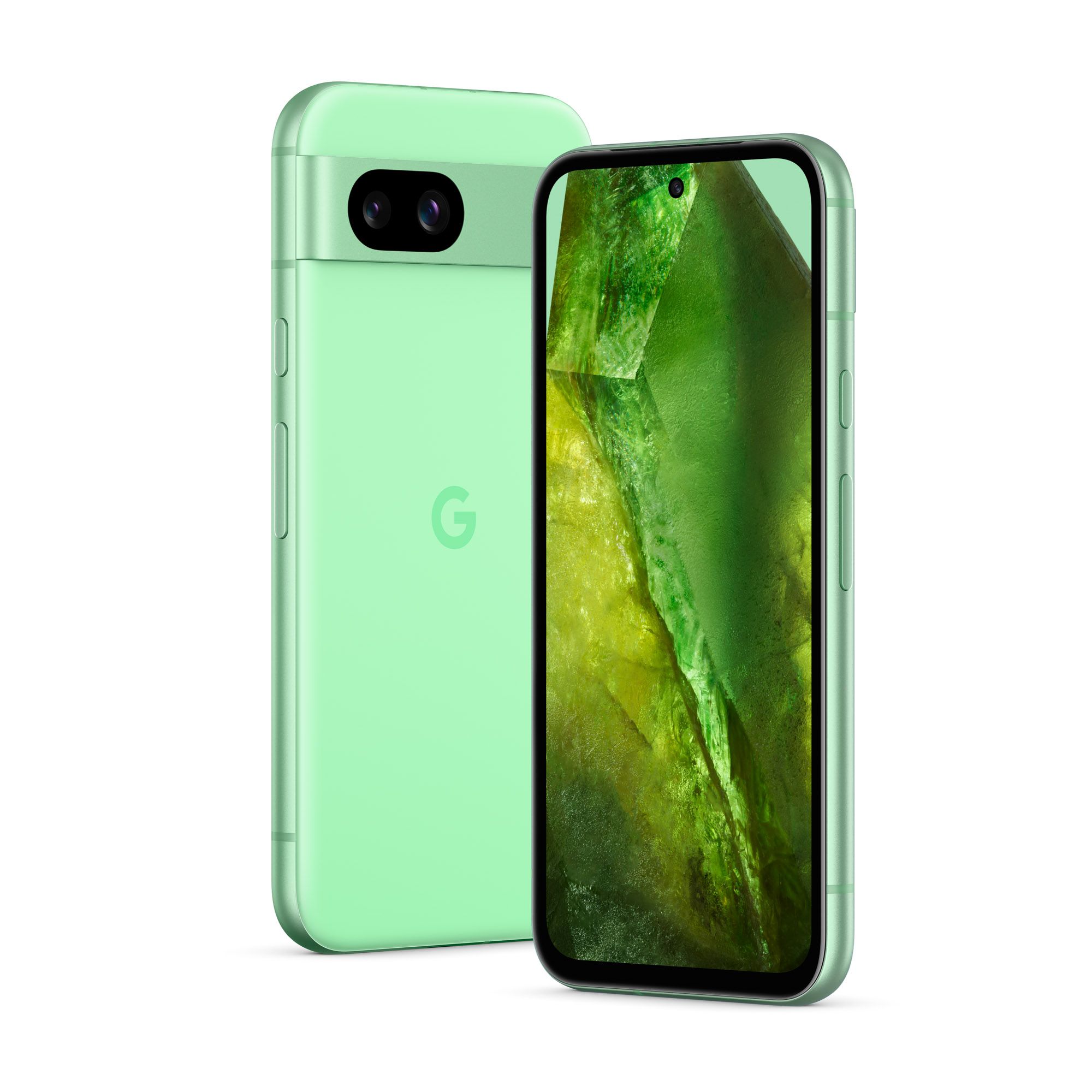
Google Pixel 8a
Midrange champion
Pixel exellence on a budget
While it’s not perfect, with a smaller battery and slower wired charging compared to the Galaxy A35, its overall performance, camera prowess, and long-term software support make it a compelling choice for those seeking a balanced and future-proof smartphone.
However, the Galaxy A35 shouldn’t be dismissed outright. For $100 less, it offers a significantly larger display, a bigger battery, slightly faster charging, and a camera system that, while not as impressive as the Pixel’s, still captures decent shots. If you prioritize a larger screen for multimedia consumption, don’t mind occasional performance hiccups, and aren’t a photography enthusiast, the Galaxy A35 can be a reliable and budget-friendly daily driver.

Samsung Galaxy A35
Runner-up
Midrange Galaxy benefits
The Galaxy A35 might not push boundaries, but it provides a reliable and familiar smartphone experience at a more budget-friendly price point. If you’re looking for an affordable option with a large display and ample battery life, the Galaxy A35 won’t disappoint.

